Off to the Ari tribe encounter who wore western clothes.
In the late 1800s, Amhara rulers were sent to the Omo River region by Emperor Menelik II of Ethiopia. By the early 1900s, the Amhara rulers had become owners of the region and the Aari became serfs. In addition, a strong alcoholic beverage known as 'araqe was introduced to the area and the Aari culture began to decline. The decline was reverted in 1974 when the monarchy was overthrown and the Aari were able to reclaim their traditional lands. Since then, social and economic situations have improved dramatically and interest in education has flourished; most Aari towns today have at least one school. Faith is also a way of life in all Aari communities and most towns have an Orthodox church; there is a significant population of Aari who practice their traditional beliefs as well.
Aari has a population of 235,000 first language speakers as of 2007, of which 129,350 are monolingual. 13,319 second language users were also recorded in 2007. The ethnic population is 155,002 as of 1989.
Aari is used at home and at local markets. The size of the Aari tribe is growing, and thus the Aari language has seen an increase in language use and development in recent years. The language is learned by all of the Aari people and some members of neighboring tribes as well. Many Aari speakers also use Amharic, the official language of Ethiopia, or Wolaytta, the language of a neighboring Omotic tribe. Thanks Mr Wikipedia.
We won't reflect on the angry blacksmith but on both the alcohol brewing process, injera making demonstration at the end of the village visit and how the locals with their cell phones wanted pictures of us!
Ari Tribe
Wednesday, December 17, 2014
 Bako, Ethiopia
Bako, Ethiopia
Other Entries
-
13To Mo Ca - Kaffa Coffee House
Dec 134 days prior Addis Ababa, Ethiopiaphoto_camera31videocam 0comment 0
Addis Ababa, Ethiopiaphoto_camera31videocam 0comment 0 -
14HIGHLIGHTS Sat 13 Dec: Addis Ababa
Dec 134 days prior Addis Ababa, Ethiopiaphoto_camera172videocam 0comment 0
Addis Ababa, Ethiopiaphoto_camera172videocam 0comment 0 -
15Donkeys & Yellow Water Containers
Dec 143 days prior Arba Minch, Ethiopiaphoto_camera118videocam 0comment 0
Arba Minch, Ethiopiaphoto_camera118videocam 0comment 0 -
16HIGHLIGHTS Sun 14 Dec: Addis To Arba Minch
Dec 143 days prior Arba Minch, Ethiopiaphoto_camera47videocam 0comment 0
Arba Minch, Ethiopiaphoto_camera47videocam 0comment 0 -
17Crocodiles - Lake Chamo
Dec 152 days prior Lake Chamo, Ethiopiaphoto_camera101videocam 0comment 0
Lake Chamo, Ethiopiaphoto_camera101videocam 0comment 0 -
18Dorze Tribe Market
Dec 152 days prior Dorse, Ethiopiaphoto_camera129videocam 0comment 0
Dorse, Ethiopiaphoto_camera129videocam 0comment 0 -
19Dorze Lodge
Dec 152 days prior Dorse, Ethiopiaphoto_camera21videocam 0comment 0
Dorse, Ethiopiaphoto_camera21videocam 0comment 0 -
20Dorze Village
Dec 152 days prior Dorse, Ethiopiaphoto_camera31videocam 0comment 0
Dorse, Ethiopiaphoto_camera31videocam 0comment 0 -
21Sunset – Dorze Village
Dec 152 days prior Dorse, Ethiopiaphoto_camera29videocam 0comment 0
Dorse, Ethiopiaphoto_camera29videocam 0comment 0 -
22Dorze Tribe Dance
Dec 152 days prior Dorse, Ethiopiaphoto_camera20videocam 5comment 0
Dorse, Ethiopiaphoto_camera20videocam 5comment 0 -
23HIGHLIGHTS Mon 15 Dec: Lake Chamo, Dorze Tribe
Dec 152 days prior Dorse, Ethiopiaphoto_camera150videocam 2comment 0
Dorse, Ethiopiaphoto_camera150videocam 2comment 0 -
24No Wi-fi In Konso!
Dec 161 day prior Konso, Ethiopiaphoto_camera69videocam 0comment 0
Konso, Ethiopiaphoto_camera69videocam 0comment 0 -
25Konso Museum
Dec 161 day prior Konso, Ethiopiaphoto_camera22videocam 0comment 0
Konso, Ethiopiaphoto_camera22videocam 0comment 0 -
26Konso Village
Dec 161 day prior Konso, Ethiopiaphoto_camera83videocam 0comment 0
Konso, Ethiopiaphoto_camera83videocam 0comment 0 -
27Konso Chief Gezahegne Woldu Compound
Dec 161 day prior Konso, Ethiopiaphoto_camera34videocam 0comment 0
Konso, Ethiopiaphoto_camera34videocam 0comment 0 -
28HIGHLIGHTS Tues 16 Dec: Konso
Dec 161 day prior Konso, Ethiopiaphoto_camera106videocam 0comment 0
Konso, Ethiopiaphoto_camera106videocam 0comment 0 -
29South Omo Research Center, Jinka
Dec 17earlier that day Jinka, Ethiopiaphoto_camera40videocam 0comment 0
Jinka, Ethiopiaphoto_camera40videocam 0comment 0 -
30Ari Tribe
Dec 17 Bako, Ethiopiaphoto_camera61videocam 0comment 0
Bako, Ethiopiaphoto_camera61videocam 0comment 0 -
31Mursi Village Visit – NO CAMERAS
Dec 17later that day Mago National Park, Ethiopiaphoto_camera1videocam 0comment 0
Mago National Park, Ethiopiaphoto_camera1videocam 0comment 0 -
32HIGHLIGHTS Wed 17 Dec: Jinka, Ari & Mursi Tribes
Dec 17later that day Mago National Park, Ethiopiaphoto_camera40videocam 0comment 0
Mago National Park, Ethiopiaphoto_camera40videocam 0comment 0 -
33Mursi Village WITH Cameras
Dec 181 day later Mago National Park, Ethiopiaphoto_camera46videocam 0comment 0
Mago National Park, Ethiopiaphoto_camera46videocam 0comment 0 -
34Cattle Market Key Afar
Dec 181 day later Key Afar, Ethiopiaphoto_camera103videocam 1comment 0
Key Afar, Ethiopiaphoto_camera103videocam 1comment 0 -
35Key Afar Market
Dec 181 day later Key Afar, Ethiopiaphoto_camera58videocam 0comment 0
Key Afar, Ethiopiaphoto_camera58videocam 0comment 0 -
36Mango – Hamer Traditional Tourist Camp Site
Dec 181 day later Turmi, Ethiopiaphoto_camera8videocam 0comment 0
Turmi, Ethiopiaphoto_camera8videocam 0comment 0 -
37HIGHLIGHTS Thurs 18 Dec: Mursi, Key Afar, Cattle
Dec 181 day later Turmi, Ethiopiaphoto_camera111videocam 0comment 0
Turmi, Ethiopiaphoto_camera111videocam 0comment 0 -
38Karo Tribe, Kolcho Village
Dec 192 days later Kolcho, Omo Valley, Ethiopiaphoto_camera72videocam 0comment 0
Kolcho, Omo Valley, Ethiopiaphoto_camera72videocam 0comment 0 -
39Hamar Tribe
Dec 192 days later Turmi, Ethiopiaphoto_camera81videocam 2comment 0
Turmi, Ethiopiaphoto_camera81videocam 2comment 0 -
40HIGHLIGHTS Fri 19 Dec: Karo Tribe, Hamar Tribe
Dec 192 days later Turmi, Ethiopiaphoto_camera95videocam 0comment 0
Turmi, Ethiopiaphoto_camera95videocam 0comment 0 -
41Dimeka Market
Dec 203 days later Dimeka, Ethiopiaphoto_camera130videocam 0comment 0
Dimeka, Ethiopiaphoto_camera130videocam 0comment 0 -
42Bull Jumping Ceremony
Dec 203 days later Dimeka, Ethiopiaphoto_camera166videocam 23comment 0
Dimeka, Ethiopiaphoto_camera166videocam 23comment 0 -
43HIGHLIGHTS Sat 20 Dec: Market, Bull Jumping
Dec 203 days later Turmi, Ethiopiaphoto_camera120videocam 19comment 0
Turmi, Ethiopiaphoto_camera120videocam 19comment 0 -
44Dasanech Tribe
Dec 214 days later Omarate, Ethiopiaphoto_camera116videocam 0comment 0
Omarate, Ethiopiaphoto_camera116videocam 0comment 0 -
45HIGHLIGHTS Sun 21 Dec: Dassanech Tribe
Dec 214 days later Konso, Ethiopiaphoto_camera82videocam 0comment 0
Konso, Ethiopiaphoto_camera82videocam 0comment 0 -
46Konso Sunrise
Dec 225 days later Konso, Ethiopiaphoto_camera30videocam 0comment 0
Konso, Ethiopiaphoto_camera30videocam 0comment 0 -
47Camel Market
Dec 225 days later Yabēlo, Ethiopiaphoto_camera53videocam 1comment 0
Yabēlo, Ethiopiaphoto_camera53videocam 1comment 0 -
48Borena Market
Dec 225 days later Yabēlo, Ethiopiaphoto_camera48videocam 0comment 0
Yabēlo, Ethiopiaphoto_camera48videocam 0comment 0

 Bako, Ethiopia
Bako, Ethiopia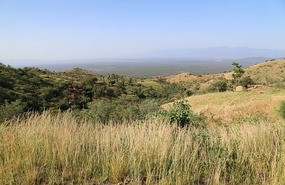
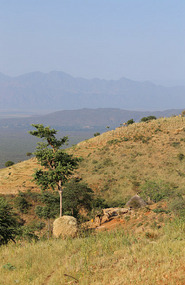
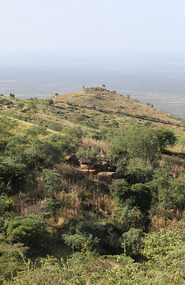
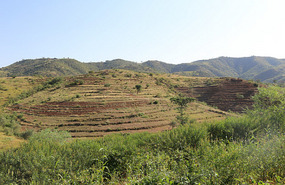
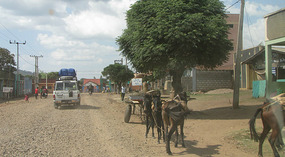
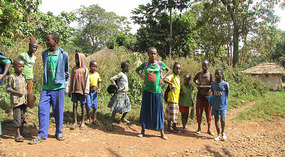
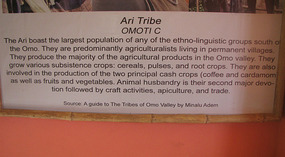
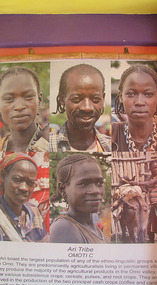
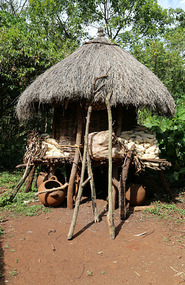
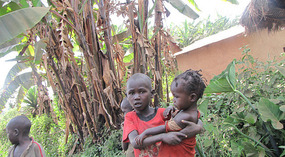
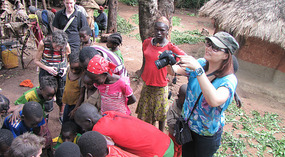


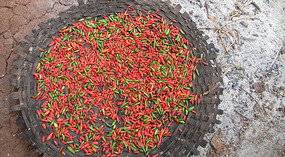

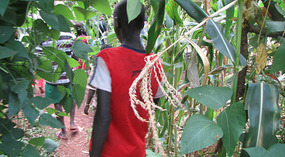
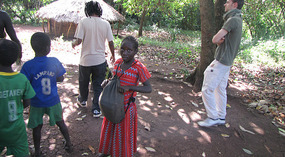


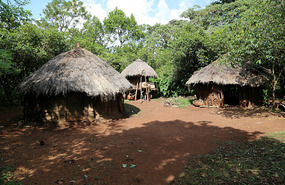
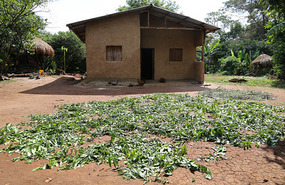

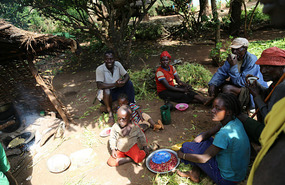
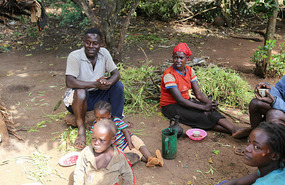
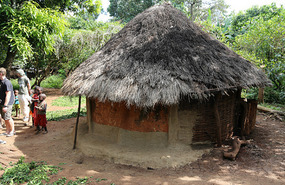
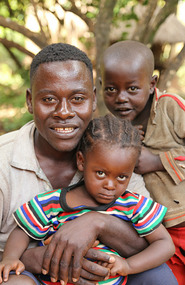

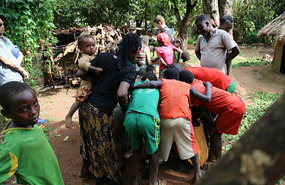
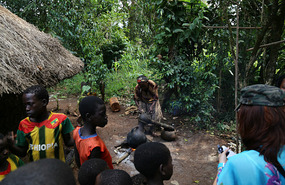
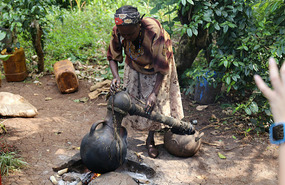
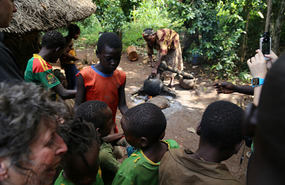

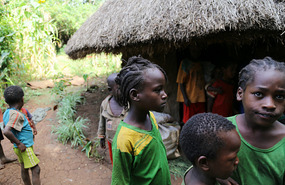
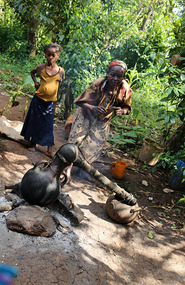



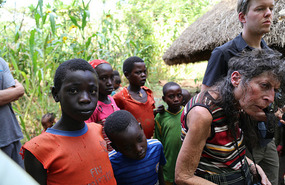


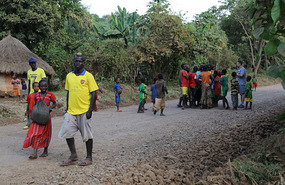

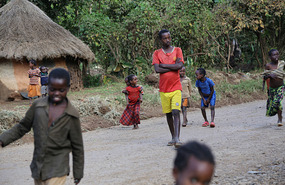

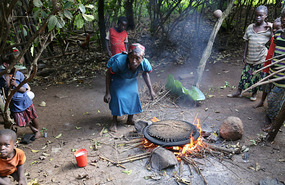
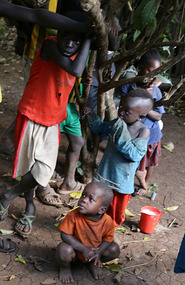
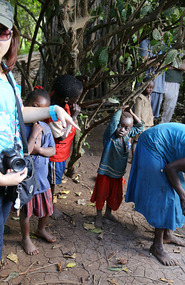
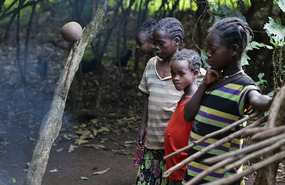
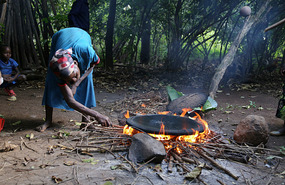
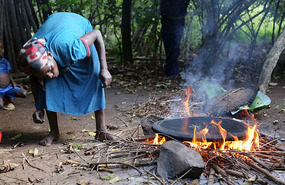
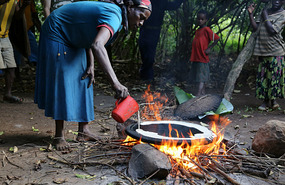

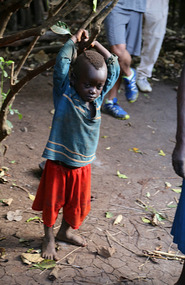
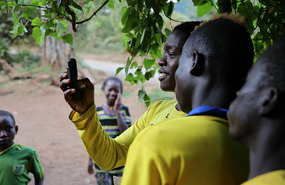
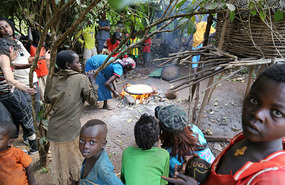
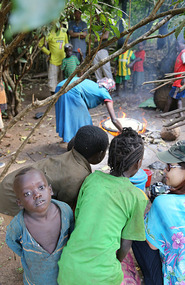

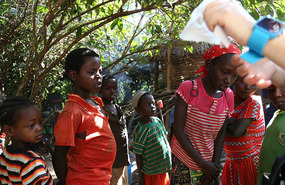




2025-05-23